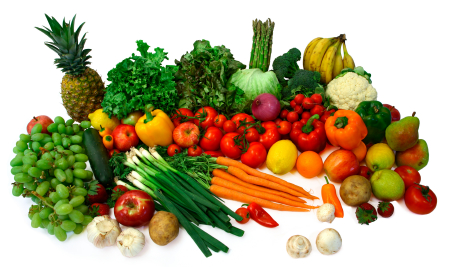
A new report “Going against the grain”, lays out the huge health consequences of the fibre gap while providing a simple and effective solution. “This new report conducted on behalf of General Mills, maker of brands like Fibre One and based on UK dietary intake data tells us that people are missing out on a third of the dietary fibre they should be consuming if they want to live long and healthy lives."
Dietitian Dr Carrie Ruxton and GP Dr Binita Kalaria understand the importance of meeting fibre recommendations when it comes to maintaining a healthy body weight. Here, they offer seven tasty tips to help you up your intake.
Dr Carrie Ruxton:
1. Mix and match:
Don’t bore your tastebuds with the same breakfast every day. Look forward to higher fibre options by changing up the type of loaf you buy each week and the type of high-fibre cereal you stock up on. And why not add a serving of fresh or frozen fruit too?
2. Add a flourish:
There are several simple ways to enhance mealtimes with high-fibre add-ons. For instance, you could top porridge with chopped nuts and dried fruits or dress up a salad with colourful roasted veg and crunchy toasted seeds.
5. Make snacks count:
Instead of reaching for the crisps and chocolate for a between meals pick-me-up, have a range of different vegetable sticks on hand. This could include carrots, peppers, cucumbers, celery, baby corn, and anything else you fancy. For a real fibre boost, try dipping them in hummus or a bean-based dip. Oatcakes and nut butter of your choice is another fibre-filled and delicious way to curb hunger pangs.
Dr Binita Kalaria:
4. Take sides:
Plan to add a side of veg or salad to every main meal. This is a great way to get more fibre as well as other essential vitamins and minerals without having to think too hard about it. In no time, you could be upping your daily veg portions by three a day.
5. Switch it up:
If you’re used to white bread, pasta, and rice, ease yourself in gently. Start by swapping white bread for half and half, and gradually move to whole grain varieties. Where pasta is concerned, besides regular wholegrain, there’s a huge variety of different types to try, from chickpea, to lentil, to buckwheat.
6. Bean feast:
Protein is another important nutritional constituent of mealtimes. Beans are not only a good source of protein, they are also rich in fibre. So, why not swap out some of the meat in your next batch-cooked stew, casserole, curry, or chilli with a tin of beans. Besides being beneficial to your health, it’s likely to save you money.
7. Drink up:
This last tip is especially important for supporting healthy fibre intake. Don't forget that higher fibre diets require us to drink plenty of fluids to keep things moving smoothly through the digestive system. Tap water is always the best option.